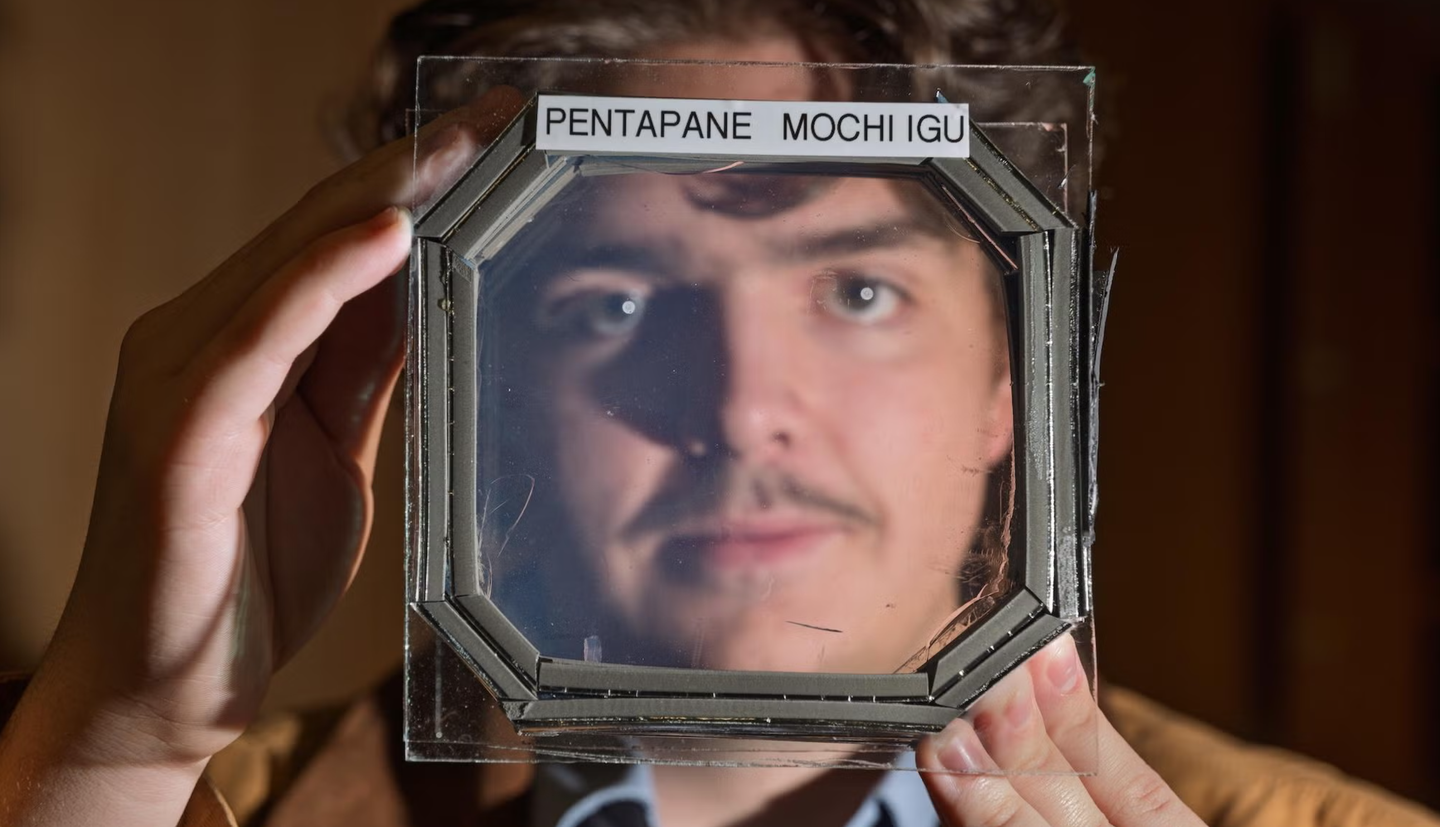Paper documents just got smarter—thanks to infrared ink
Infrared ink and AI cameras are turning paper, skin, and 3D objects into smart digital tools—no screens or QR codes needed.

Infrared tech is changing how we use paper, track veins, and tag 3D objects—without altering how things look. (CREDIT: Shutterstock)
A world where documents talk, objects carry secrets, and your veins guide medical tools may be closer than it seems. A team of researchers from Universidad Carlos III de Madrid (UC3M), the Massachusetts Institute of Technology, and Adobe Research has unveiled a powerful trio of tools that blur the line between the physical and digital. These breakthroughs use near-infrared (NIR) technology to embed hidden information into paper, track 3D objects, and even visualize veins beneath the skin—all without altering how anything looks to the naked eye.
A New Way to Embed Hidden Data
The first of these new tools is Imprinto, a system that hides digital data in printed paper using invisible infrared ink. Unlike barcodes or QR codes, Imprinto doesn’t change how a page looks. Instead, it uses a special kind of ink that only near-infrared cameras can see. The human eye remains unaware that anything extra has been added.
This feature allows documents to carry secret codes, instructions, or extra content that can only be revealed through a mobile device equipped with a slightly modified camera sensor. “Imprinto uses an infrared ink that is invisible to the human eye but detectable by means of a near-infrared camera, such as those that can be integrated into mobile devices by simply modifying the photographic sensor,” explains Raúl García Martín of Universidad Carlos III de Madrid’s Department of Electronic Technology.
The system was introduced at the 2025 CHI Conference on Human Factors in Computing Systems in Yokohama, Japan. Its aim is to turn physical documents into smart interfaces. Readers could one day access extra information—videos, translations, links—just by viewing the page through a mobile app. Since no visible marks are needed, the paper’s original layout stays intact.
This approach offers a subtle, secure, and elegant way to upgrade traditional print with digital capabilities. It also avoids clutter and the use of unsightly codes that often break design flow. Because the data is embedded with ink, there’s no need for added electronics or sensors, making the system simple and low-cost.
Unlocking Infrared's Medical Potential
The same researchers also created VeinGoOne, a USB-C-connected camera designed for medical use. It captures near-infrared images of the human body, revealing blood vessels under the skin. The system works in real time and uses artificial intelligence to recognize vein patterns. Medical staff could use it to find veins for injections more easily or for biometric authentication based on palm vein patterns.
Related Stories
- Antibody spray breakthrough could prevent hay fever and asthma
- Breakthrough discovery transforms plastic waste into common painkiller
- Researchers discover over 200 hidden proteins tied to Alzheimer’s and cognitive decline
“The system, called VeinGoOne, aims to analyse the images captured in real time, allowing not only 2D visualization but also 3D reconstruction of vein depth using techniques such as stereoscopy or Time-of-Flight,” says García Martín. By using these depth-sensing methods, the device can not only detect veins but also show how deep they are. This feature could be extremely helpful for nurses and doctors who need to locate blood vessels in challenging cases—such as pediatric or elderly patients.
It also adds a layer of security to biometric ID systems. Since each person’s vein layout is unique and hidden beneath the skin, it’s almost impossible to fake. When combined with artificial intelligence, VeinGoOne becomes a smart, safe, and powerful tool for health care and identity systems.
Giving 3D Objects a Hidden Voice
Another innovation from the same research team is BrightMarker. It embeds invisible labels in 3D-printed objects using fluorescent polymers. These labels can store digital data, which becomes visible only when exposed to specific types of light.
The benefit is clear: physical items, like tools, toys, or parts in a warehouse, can carry important digital information—such as manufacturing details or maintenance history—without any visible change to their appearance. The objects still look and feel exactly the same but are digitally enhanced.
This technology is a major step forward for industries like logistics, manufacturing, and augmented reality. It could be used to track inventory more precisely or add layers of information to a product, all while keeping the product looking normal.
In AR environments, users could interact with objects in personalized ways. For example, a piece of furniture could show assembly instructions only when scanned with the right light. Or a museum artifact could display educational content when viewed through AR glasses. With BrightMarker, the physical world becomes a gateway to digital information.
A Future Beyond Screens
All three tools—Imprinto, VeinGoOne, and BrightMarker—point toward a shared goal: creating smoother, more natural connections between the physical and digital worlds. Instead of relying on screens, researchers want future users to interact with their surroundings directly.
The long-term vision goes even further. The team believes mobile phones could one day be replaced by smart glasses or even contact lenses. These new devices would use built-in infrared cameras to detect invisible markers, read documents, scan veins, or unlock digital features embedded in everyday items. “In this near future, technologies such as Imprinto, BrightMarker and VeinGoOne will allow users to interact with physical objects and documents in a digital, intuitive and personalized way,” García Martín says.
That vision reflects years of work in human-computer interaction, artificial intelligence, optics, and materials science. By combining their expertise, the team has developed tools that are compact, efficient, and ready for integration into the devices we already carry. What sets these innovations apart is their subtlety. They enhance the world without overwhelming it. There are no bright flashes, clunky gadgets, or awkward setups. Instead, everything happens quietly and invisibly—until the right camera or device unlocks the digital layer.
Beyond Augmented Reality
Infrared technology, once reserved for science labs and security cameras, is stepping into everyday life. These projects show how it can reshape not just how we see the world, but how we interact with it.
Unlike earlier AR systems that often relied on bulky headsets or awkward markers, these infrared-based solutions are light, discreet, and versatile. They work with standard mobile phones, USB cameras, and soon, possibly wearable lenses. There’s no need to redesign the physical world—just add a layer of invisible ink or polymer and let the camera do the rest.
For education, this could mean textbooks that show animations when viewed through a phone. In business, it could lead to paperwork that updates itself digitally. In healthcare, it may help nurses work more efficiently or protect patient privacy with better biometric tools. And in logistics, it may improve tracking systems without sticking codes or chips on every item.
By embedding hidden information into things we already use, the researchers are laying the groundwork for a smarter, more connected physical world—one where everything has a digital side, quietly waiting to be discovered.
Research findings are available online on the UC3M website.
Note: The article above provided above by The Brighter Side of News.
Like these kind of feel good stories? Get The Brighter Side of News' newsletter.



